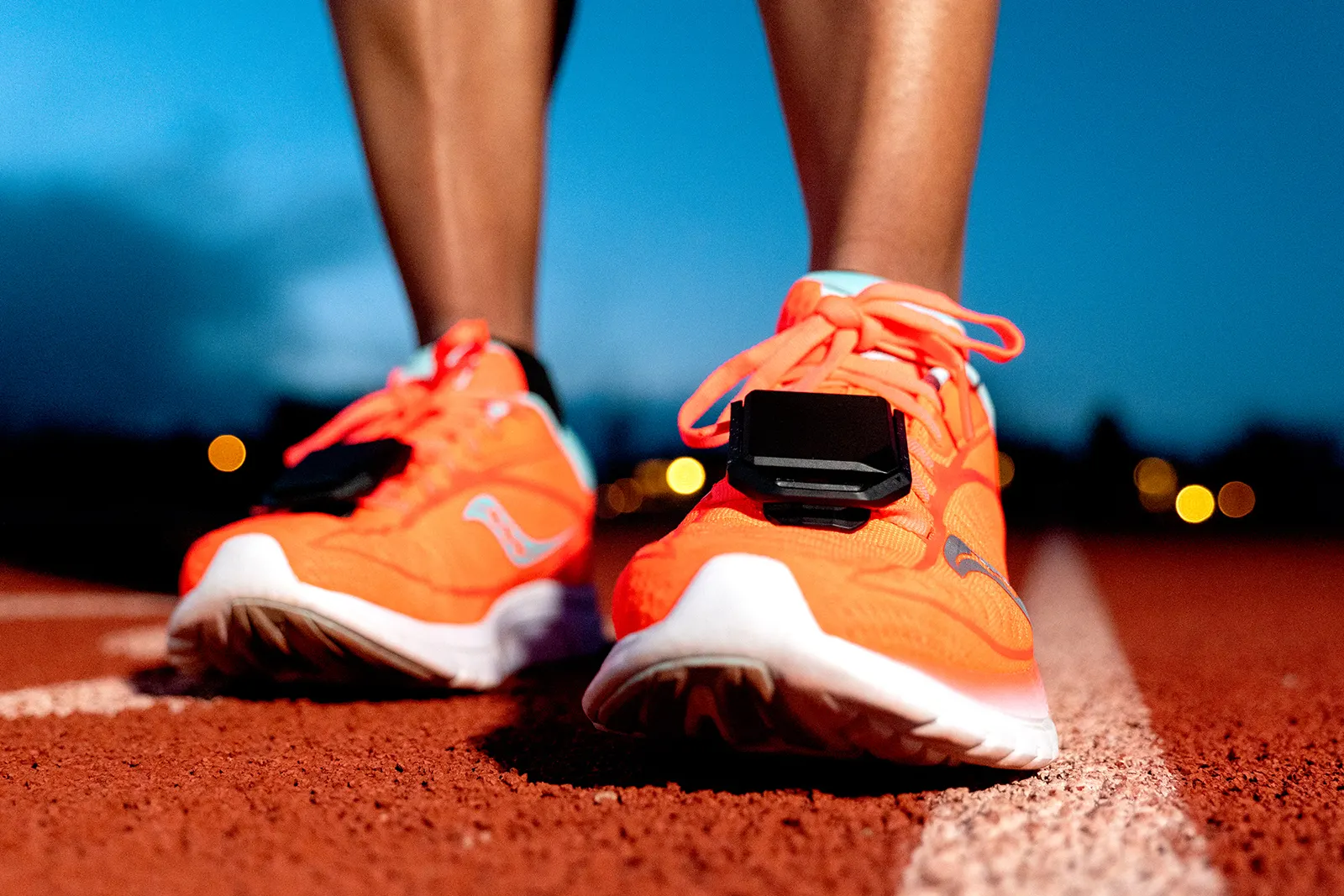
13 Aug Endurance Innovation 65 – LEOMO Motion Analysis
Brian Metzler and Joe Cavarretta explain the LEOMO motion analysis system and how it can be used to improve our cycling and running experience.
If you’re a fan of the show, please support us!
- 2:00 what is Leomo and what does it do?
- 5 IMU (inertial measurement units) collect data from various positions on the athlete and communicate it to a head unit
- 10:30 how is LEOMO used in cycling analysis
- Bike motion performance indicators (MPIs): torso angle, torso rotation, torso rotation, pelvis angle, pelvis rotation, pelvic rock, leg angular range, foot angular range, foot angular range Q1, and dead spot score.
- Focused on 4 movement principals to be optimized:
- Stable centre of mass to anchor power generation from the hips
- Unrestricted range of motion around the hips
- Efficient transfer of power to the pedals
- Pedal stroke smoothness
- 16:30 sample use case for bike fit
- Finding optimal saddle position that maximizes stability and maximal leg angular range
- 22:15 possible actionable steps with LEOMO data and analysis in hand
- More straightforward on the bike than while running
- Still a work in progress with LEOMO providing support for users
- 29:00 The LEOMO biomechanic improvement process (for running)
- Assess current movement patterns at increasing speeds
- Understand what is ‘normal’
- Monitor for deviations from ‘normal’ with fatigue or other factors
- Adapt training to address deviations if necessary
- Notice and address imbalances as they happen
- 37:15 use case for running off the bike in multisport
- 40:00 in-workout use vs. post-hoc analysis use
- LEOMO developing a feature that allows athletes to set desirable ranges for various parameters and monitor within the workout
- Good for learning to maintain desired form and intervene when that form is lost
- 47:30 use in maintaining aerodynamic position on the bike
- 51:45 optimizing cornering
- 55:00 the value of contextualizing data
All the info on LEOMO can be found on their website. You can also connect with them through social on their Facebook and Instagram pages. Worth checking out too is Adam Hansen’s YouTube channel for how-to guides.





No Comments